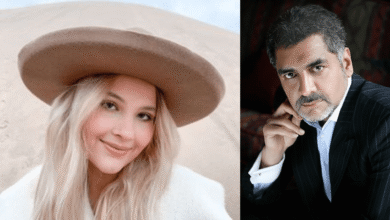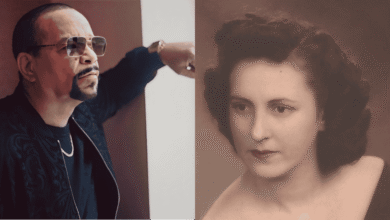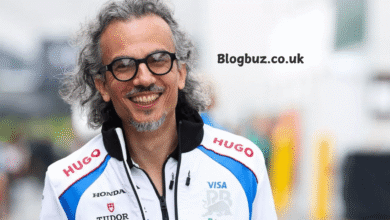Why Does He Call Himself Macklemore?
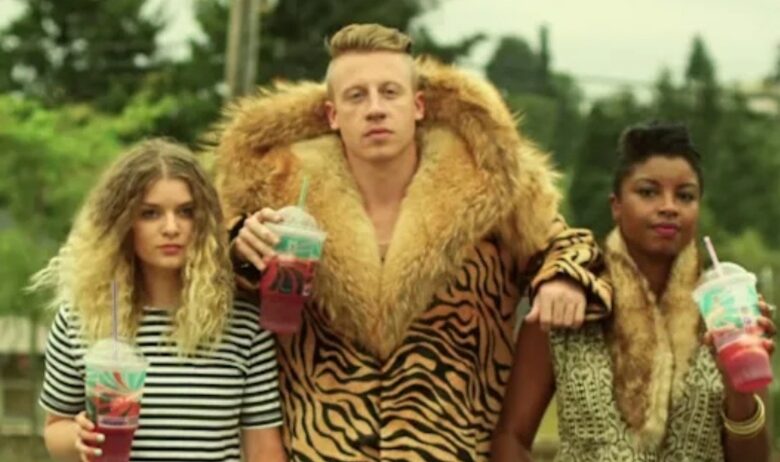
From thrift shop aisles to the Grammy stage, Macklemore has carved out a unique identity in the world of hip-hop. Known for his unconventional style, socially conscious lyrics, and flamboyant fashion—often replicated by fans in their own Macklemore Costume—the rapper’s name itself sparks curiosity. It’s not a typical stage name. It sounds like a surname, but it’s not his real one. So, why does he call himself Macklemore? The answer lies in creativity, school projects, and a playful imagination that predated fame. Let’s dig into the origins of the name, how it reflects Macklemore’s artistic spirit, and how it became a defining part of his brand.
From Ben Haggerty to Macklemore
Before the platinum records and chart-topping singles, Macklemore was just Ben Haggerty, a Seattle-born kid with a passion for music and visual arts. His interest in self-expression was evident early on, both through words and visuals. During his time in high school, Ben took an art class where he was assigned a project that allowed students to create fictional superheroes. It was in this project that the name Professor Macklemore was born. That’s right—Macklemore was originally a fictional character Ben created, a superhero who likely wore tweed jackets and had a quirky edge rather than a cape and mask. There was no deep branding strategy or music career tied to the name at that time—it was simply the product of imagination. But something about it stuck. Later, as Ben started writing and performing music, he adopted the moniker for himself. Over time, Professor Macklemore was shortened to just Macklemore, and the name evolved from an art class character into a powerful symbol of his musical persona.
A Name That Feels Like a Character
What makes “Macklemore” intriguing is how it feels like a full-fledged identity. It’s not a flashy rapper name like “Lil” something or a common nickname. It sounds like a surname passed down through generations, like someone who reads poetry aloud in velvet pants or teaches philosophy with a boom box. In an industry where names often aim for punch or swagger, “Macklemore” feels whimsical and rooted in story. That’s part of why it works so well. The name offers the audience a character, not just an artist. You don’t just listen to Macklemore—you enter his world. It aligns with his music, which often straddles personal vulnerability, humor, nostalgia, and social commentary.
Reinventing Identity Through Naming
Adopting a stage name is a ritual in hip-hop. It’s about control. It’s about storytelling. And it’s about crafting a persona that can stand apart, shine brighter, and sometimes say things that the legal name might not dare to. For Ben Haggerty, the name Macklemore allowed him to shape that persona from scratch. It wasn’t inherited; it wasn’t chosen by a label. It came from a school project, from a sketchbook, from his own mind—and that’s precisely what gives it staying power. Some artists choose names that reflect toughness, rebellion, or heritage. Macklemore’s choice reflects imagination. It’s almost ironic—an artist who raps about social inequality, addiction, and racial issues chose a name that sounds like a fictional history teacher or thrift-store poet. But that’s exactly why it works. It contrasts. It disarms. It invites curiosity.
Branding Beyond the Music
What began as a simple art class alias evolved into a full brand. As Macklemore’s music gained popularity—particularly with his breakout hit Thrift Shop—the name started to gain mass recognition. And unlike many stage names that blend into the genre, Macklemore stood out. People could picture the name. It wasn’t generic. It wasn’t hard to pronounce. It stuck in your head. It lent itself well to visuals, too—shearling trench coats, vintage hats, gold chains, and yes, the now-famous thrifted style that fans replicated as part of the “Macklemore look.” In other words, the name helped shape the visual identity of the artist just as much as his lyrics did. The persona and the brand were born from the name, and the name gave those expressions a consistent centre.
Connecting to the Audience
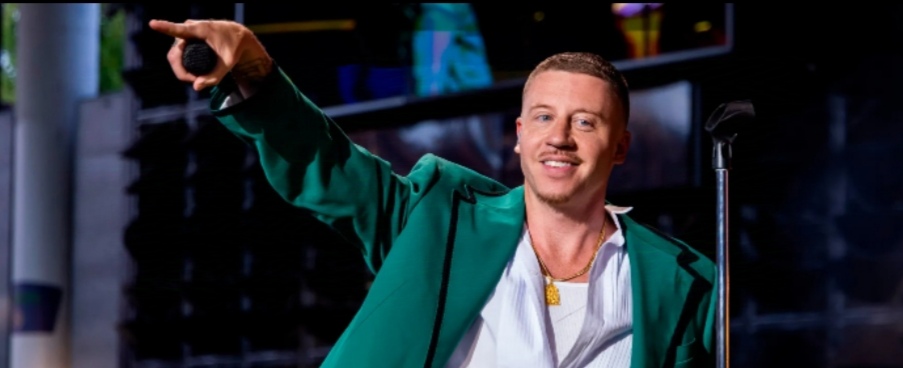
Another reason why “Macklemore” resonates is its accessibility. Despite the unusual sound, it’s approachable and non-threatening. For fans who are often put off by aggressive rap names or heavily branded alter-egos, Macklemore represents a more relatable kind of artist. He’s the guy who raps about hand-me-downs, sobriety, and the pride of same-sex love. He’s not flaunting billions or diamond grills—he’s wearing a used fur coat from Goodwill and celebrating the simple joys of life. The name matches that ethos. It’s unpretentious. Quirky, even. It lowers the guard.
The Power of Keeping It Personal
It’s also worth noting that while many artists change names as they evolve, Macklemore stuck with his—even when he became a household name. He didn’t ditch it for something sleeker, cooler, or easier to commercialize. That loyalty to his original identity reflects how much he values his roots and creativity. In interviews, Macklemore often emphasizes authenticity and staying true to who you are. Keeping the name “Macklemore”—born from a teenage art project—reinforces that narrative. It reminds both himself and his fans of where it all began.
A Symbol of Creative Freedom
Because it represents freedom. It’s a name that was never forced. It was born from a school assignment, carried forward into poetry, and transformed into a cultural statement. It’s a name that reflects artistic intention, not industry trends. Macklemore didn’t just give himself a rap name. He gave himself a story. And that story has allowed him to shape a brand, a fan base, and a message that goes beyond music. From “Same Love” to “Can’t Hold Us” and “Glorious,” the name Macklemore now carries associations of integrity, originality, and activism. But at its core, it still contains that youthful creativity that birthed it in a high school art class.
Conclusion: More Than Just a Name
In a world where image can be everything, Macklemore proves that authenticity wins. The name isn’t a gimmick—it’s a reflection of his journey, his humour, his heart, and his art. It’s a reminder that the most powerful identities aren’t always forged in marketing meetings—they can be born from crayons, doodles, and a wild imagination. So next time you hear his name, remember: it started as a drawing. It became a dream. And now, it’s a name known around the world—not because it’s flashy or aggressive, but because it’s real.

